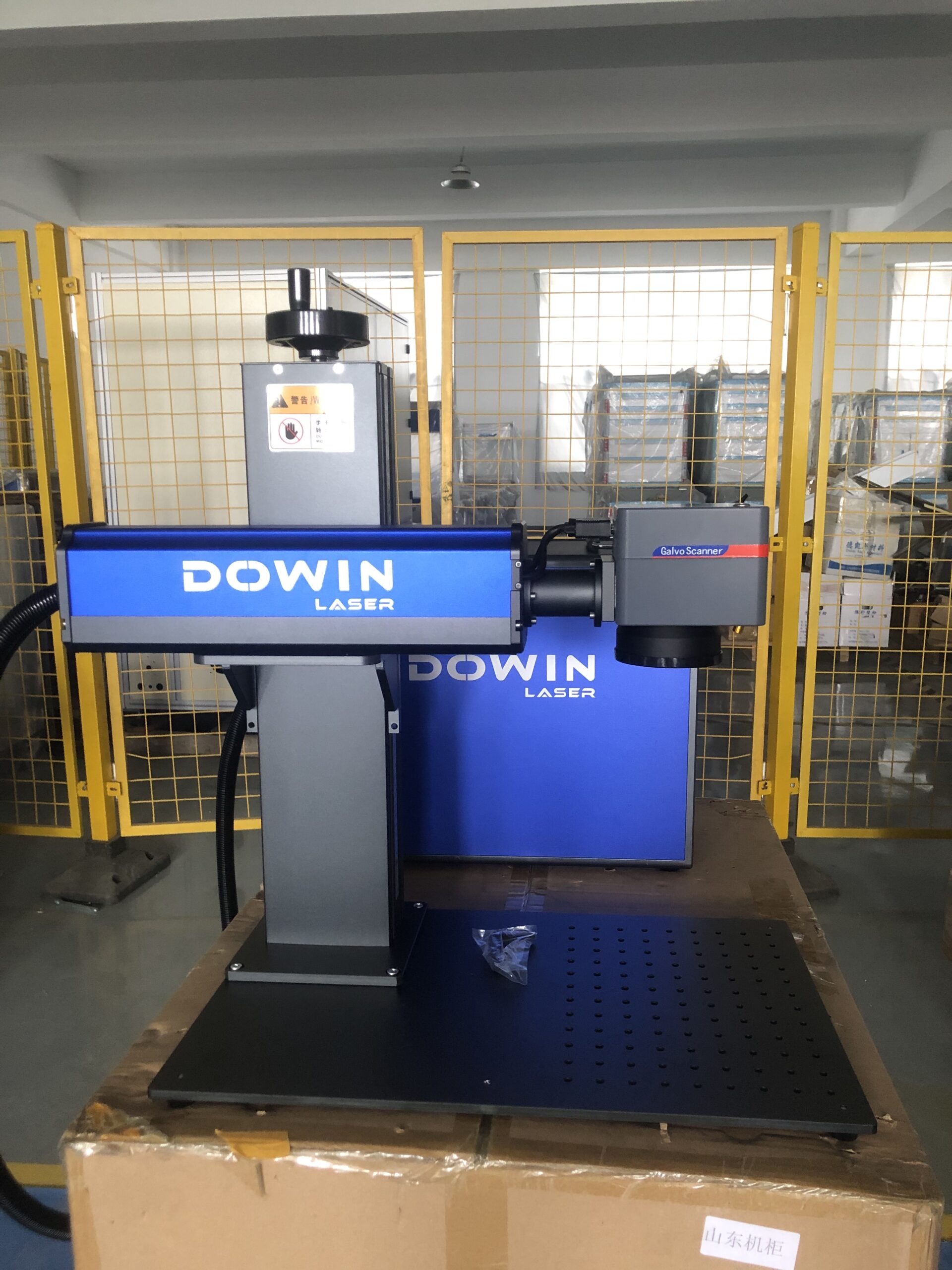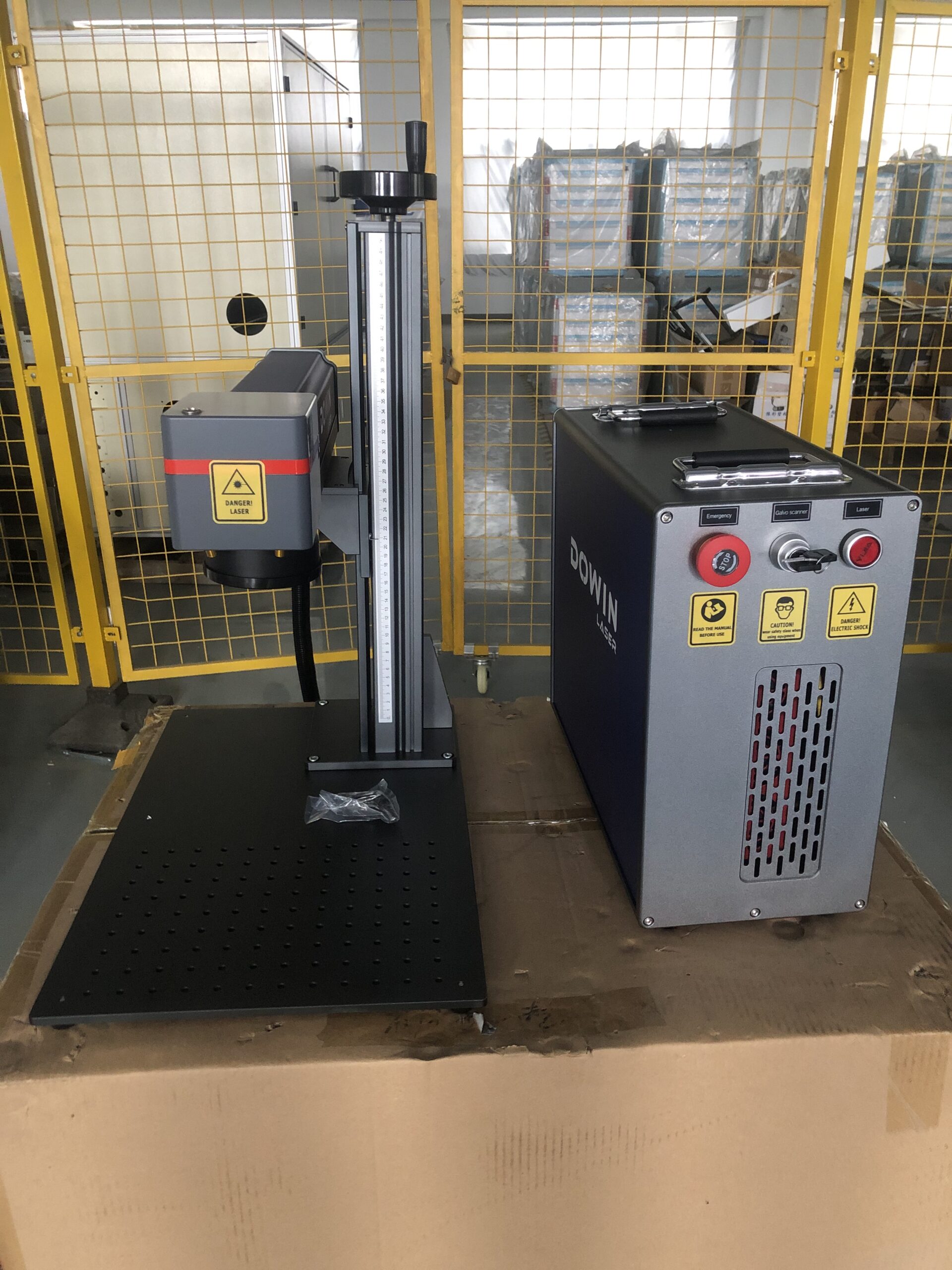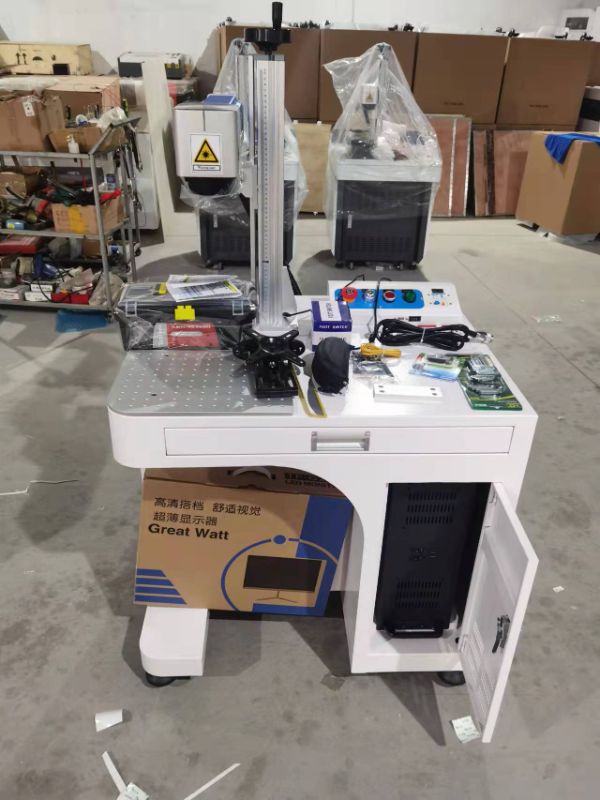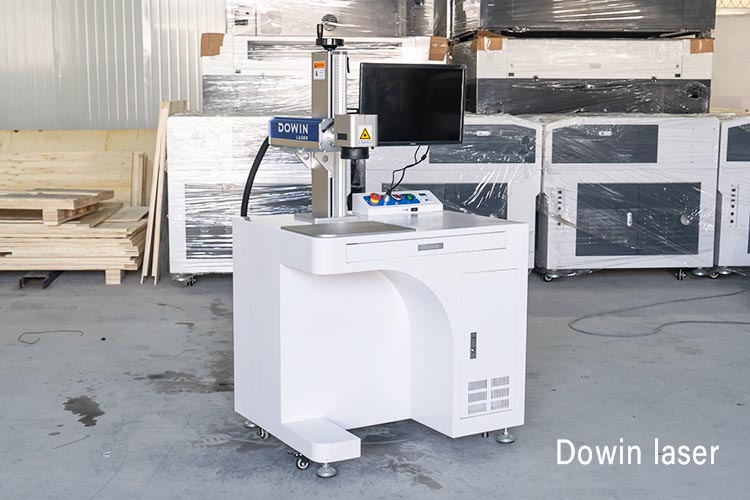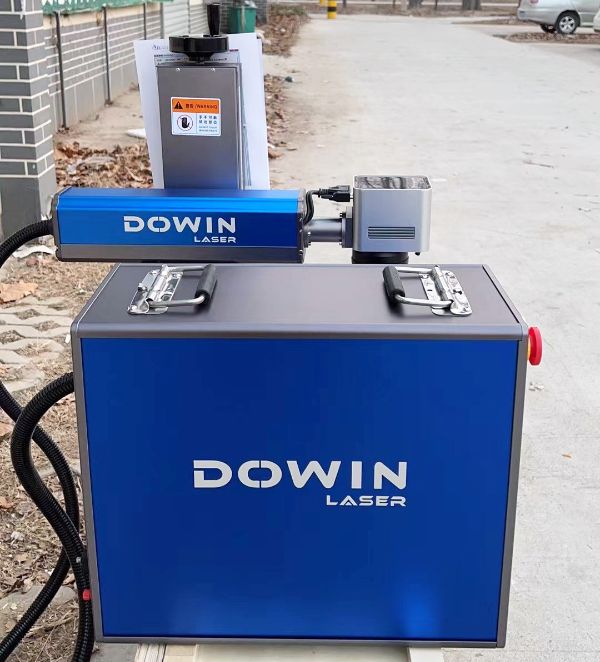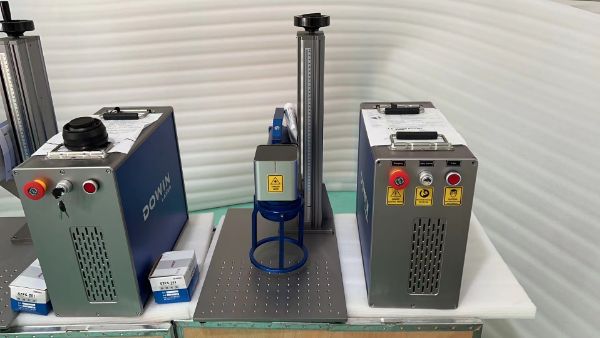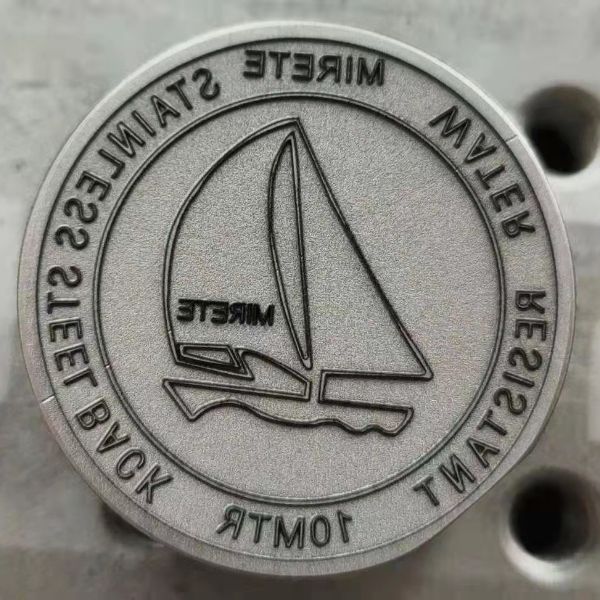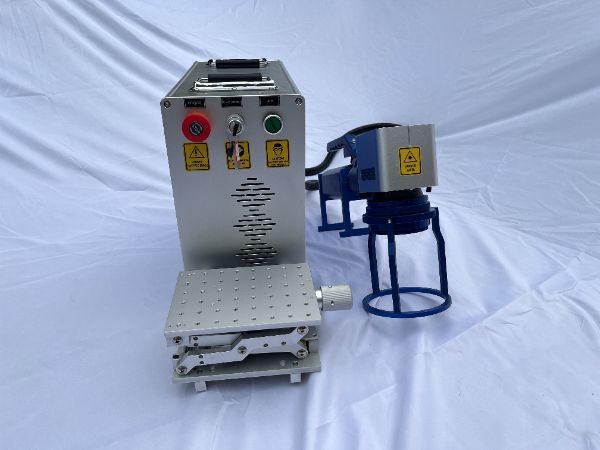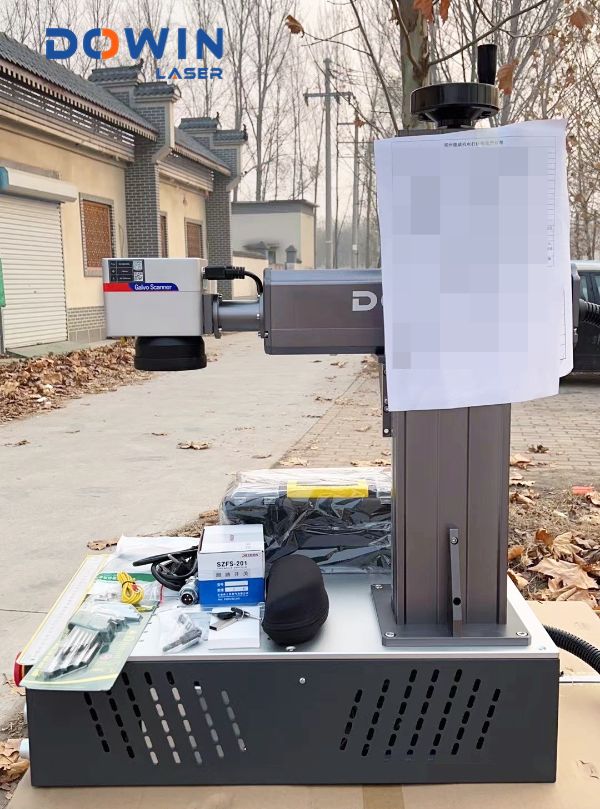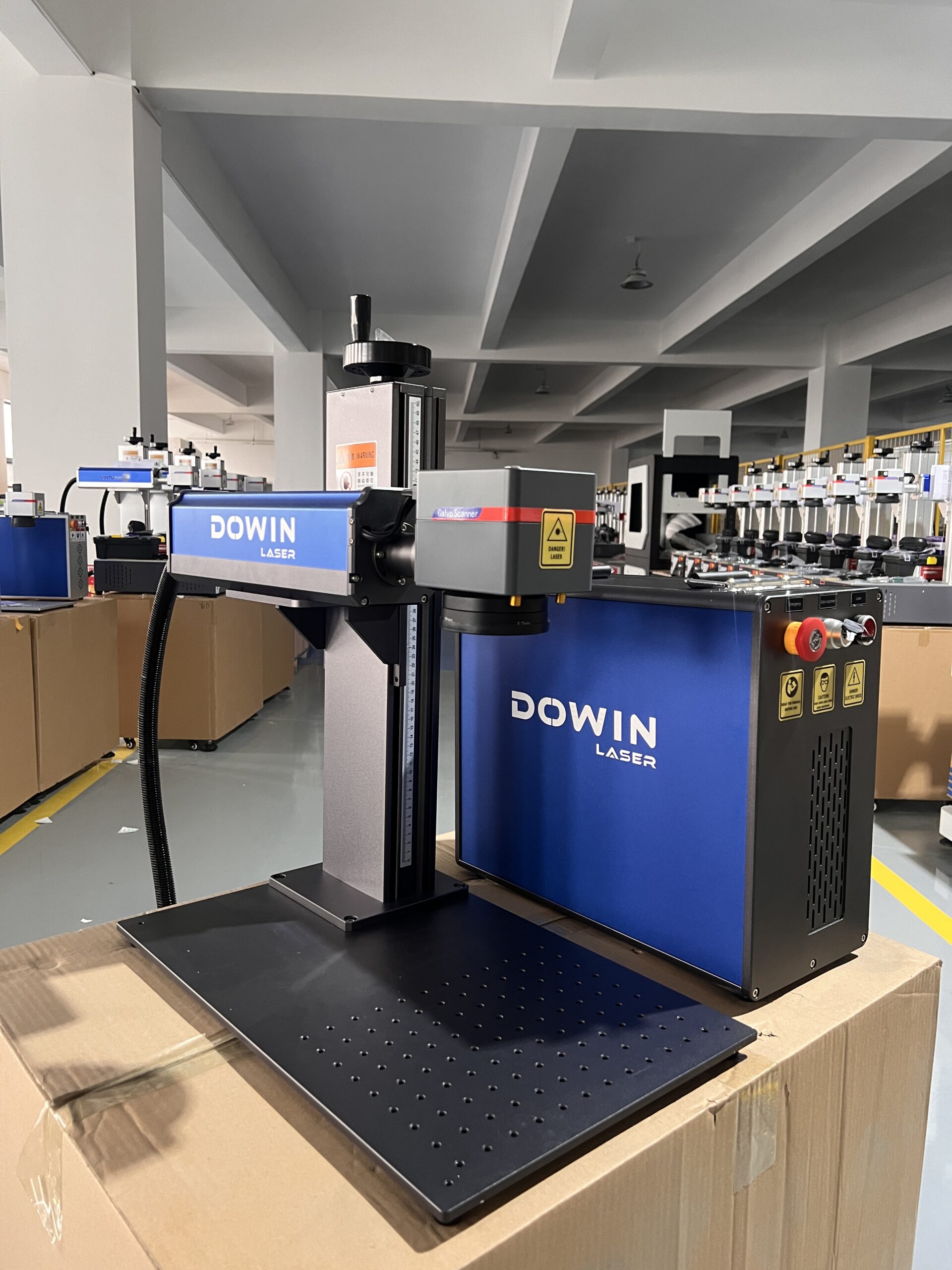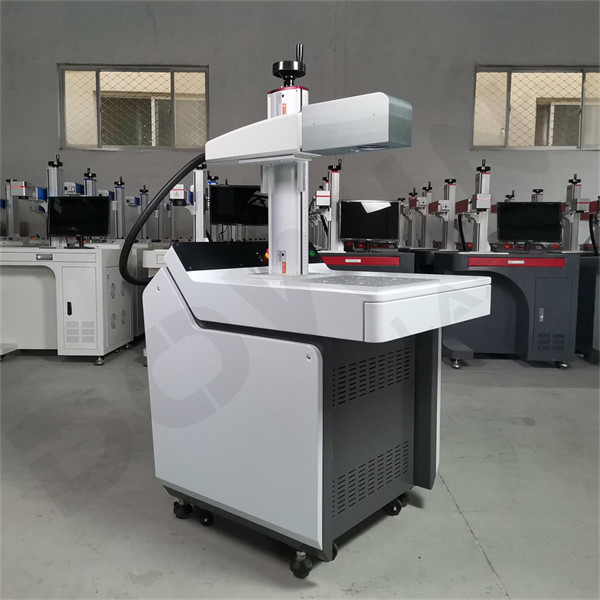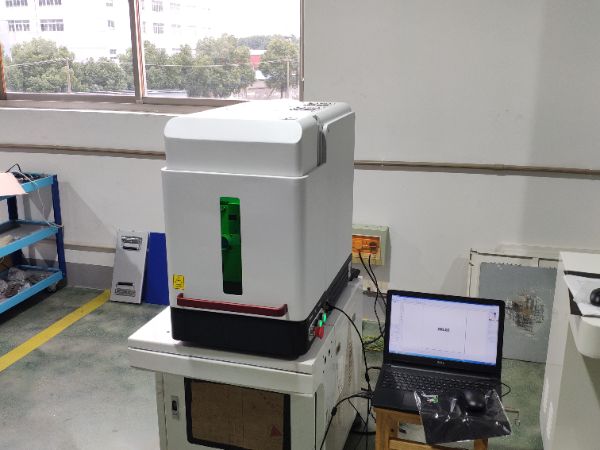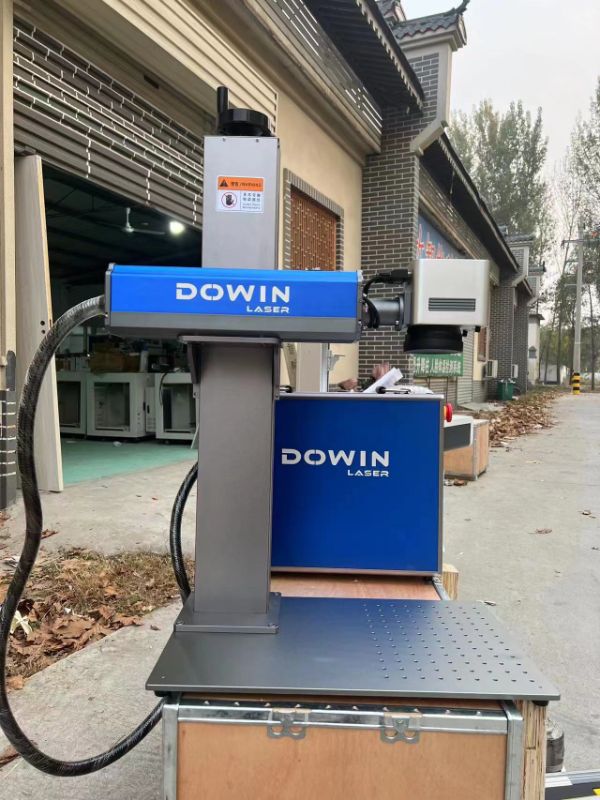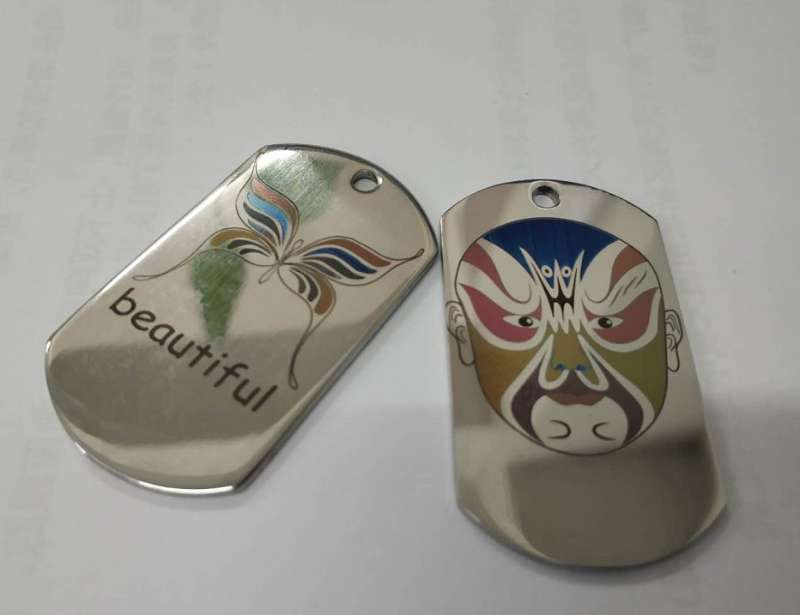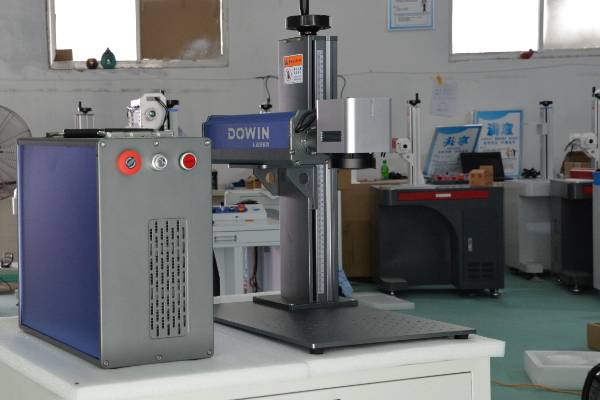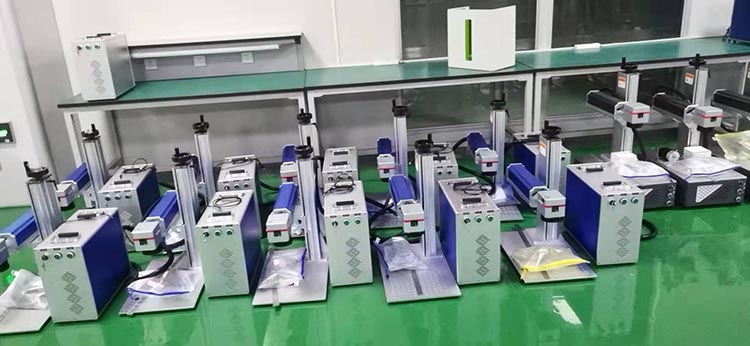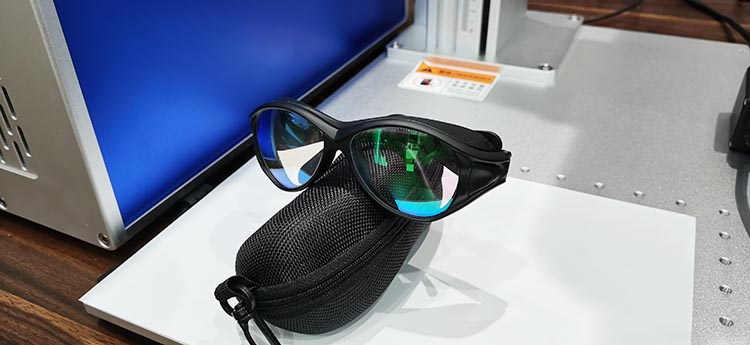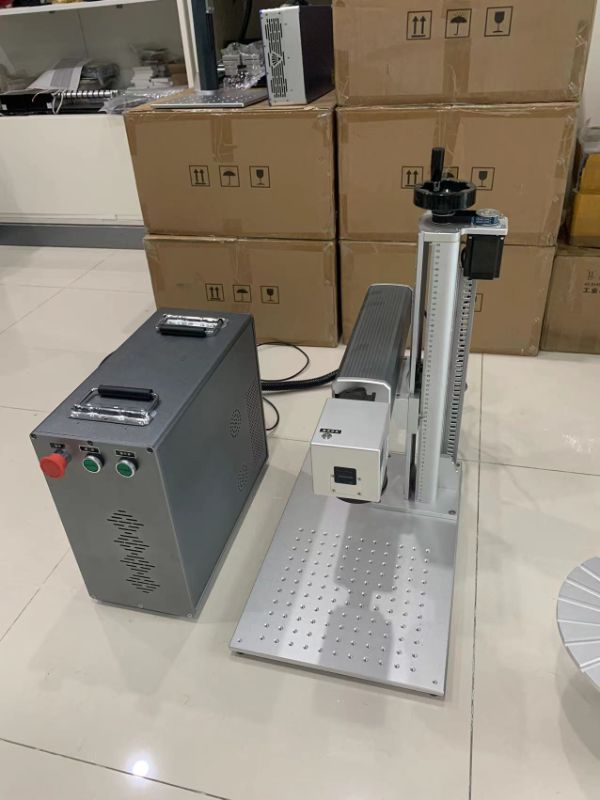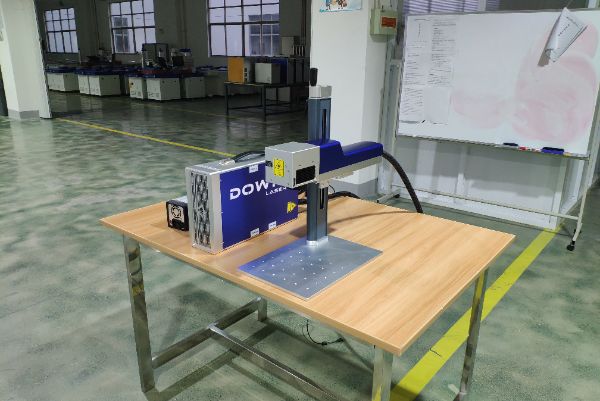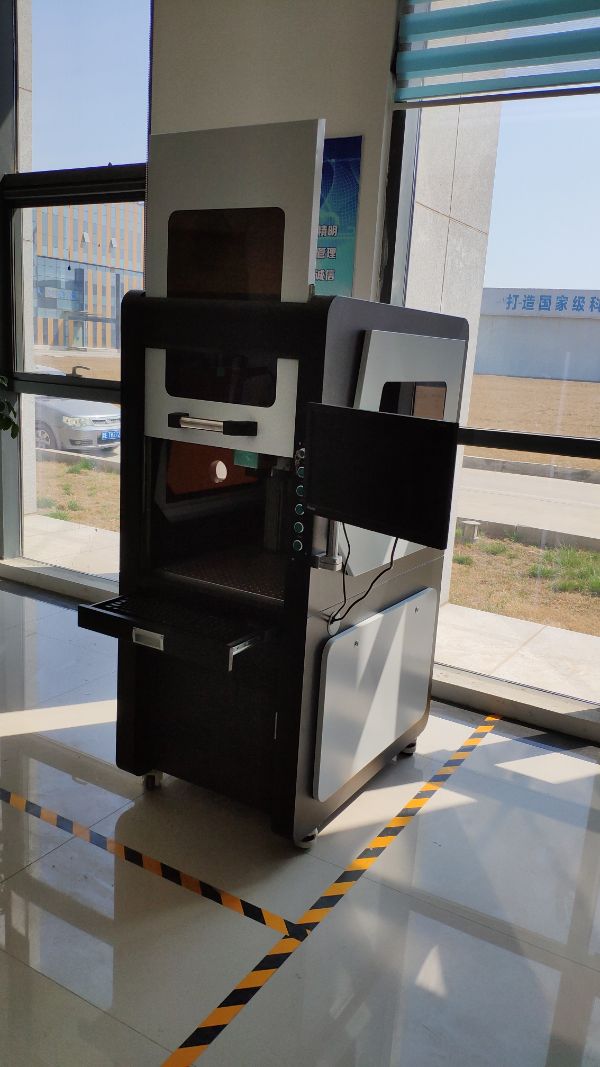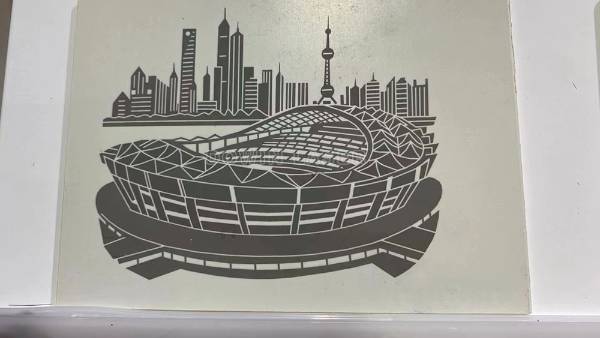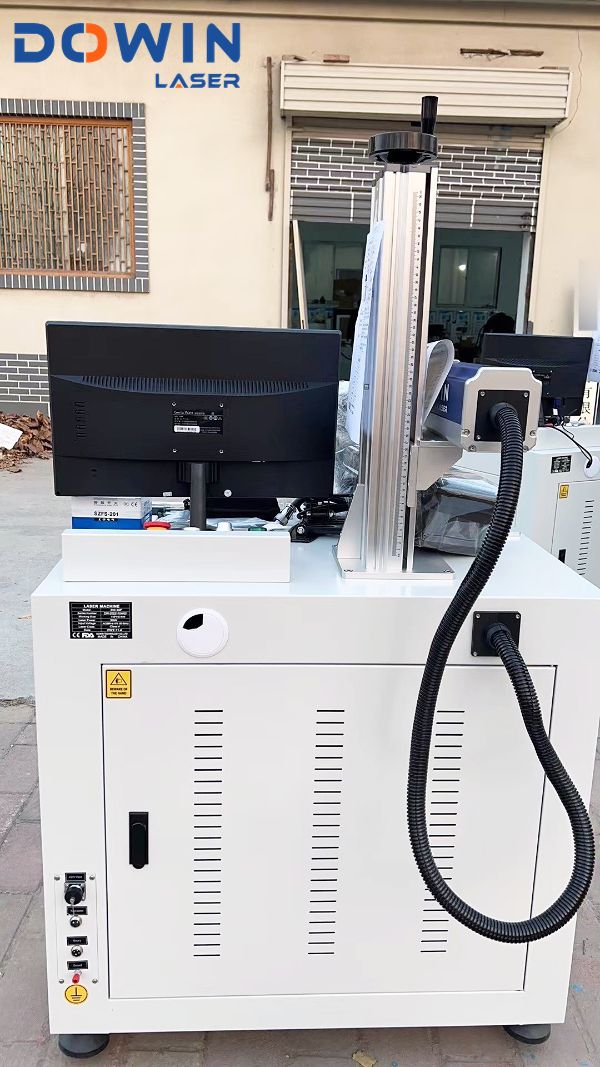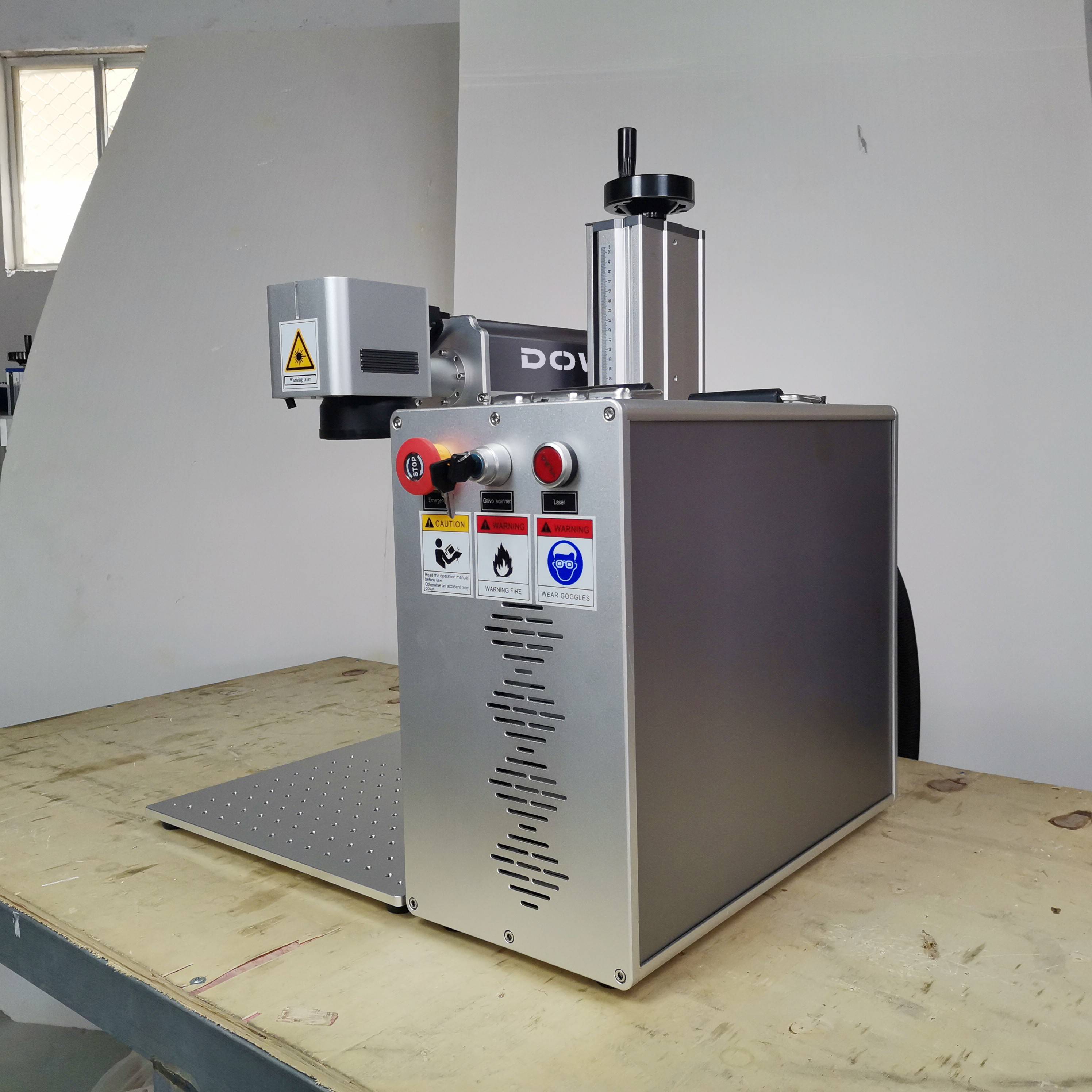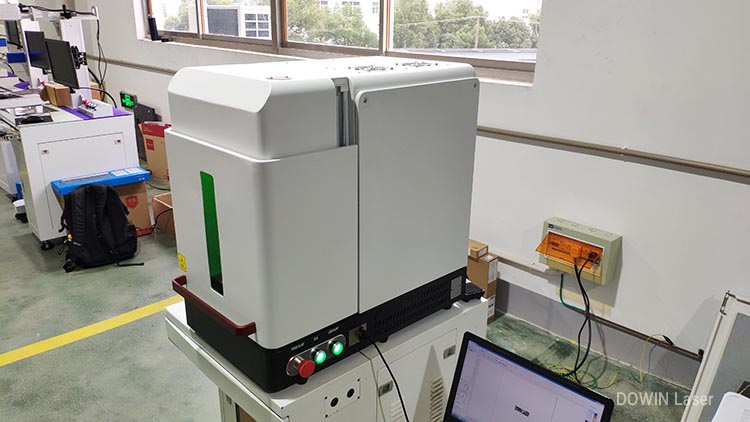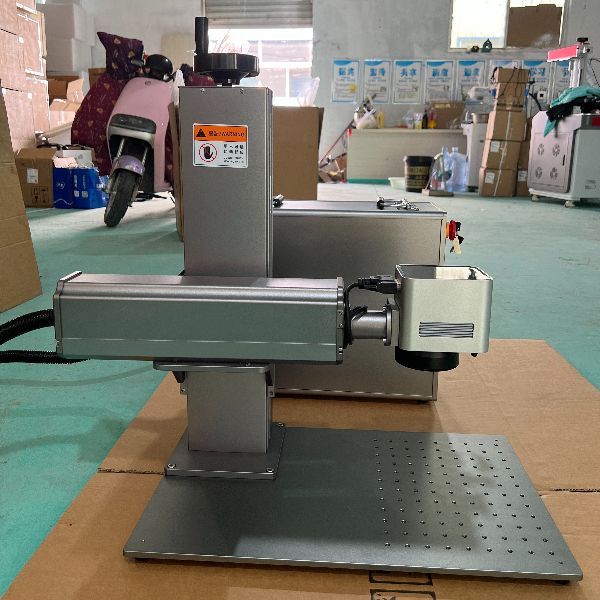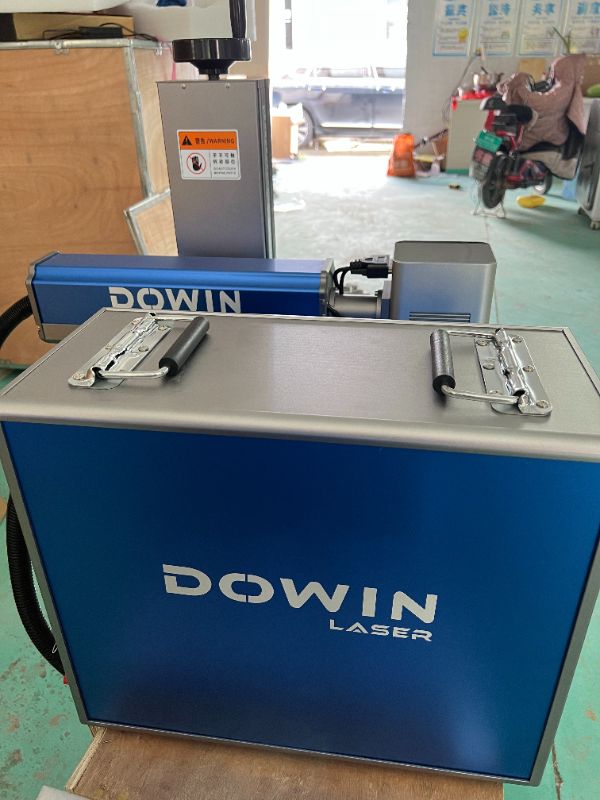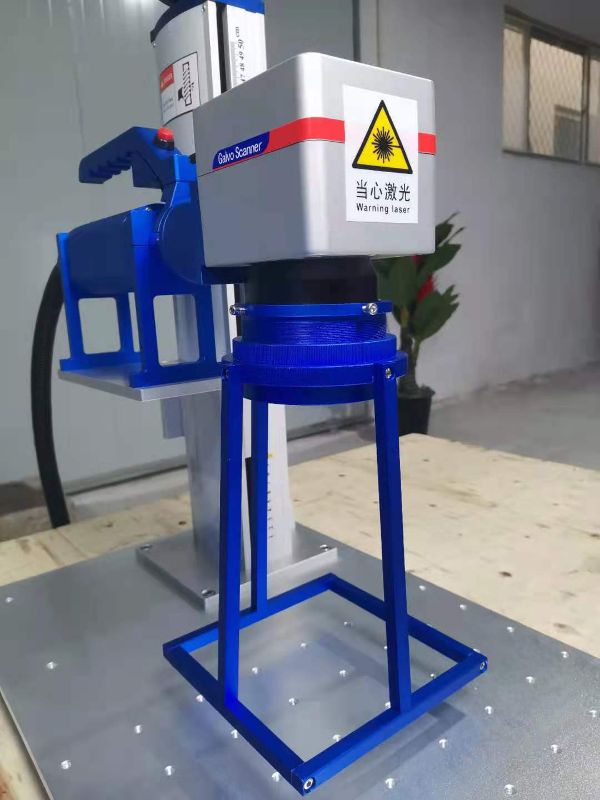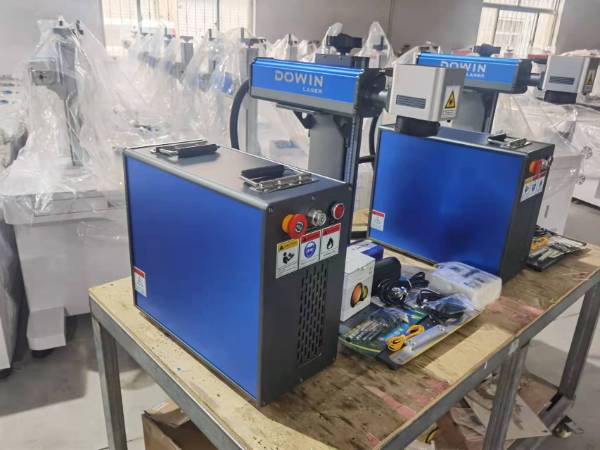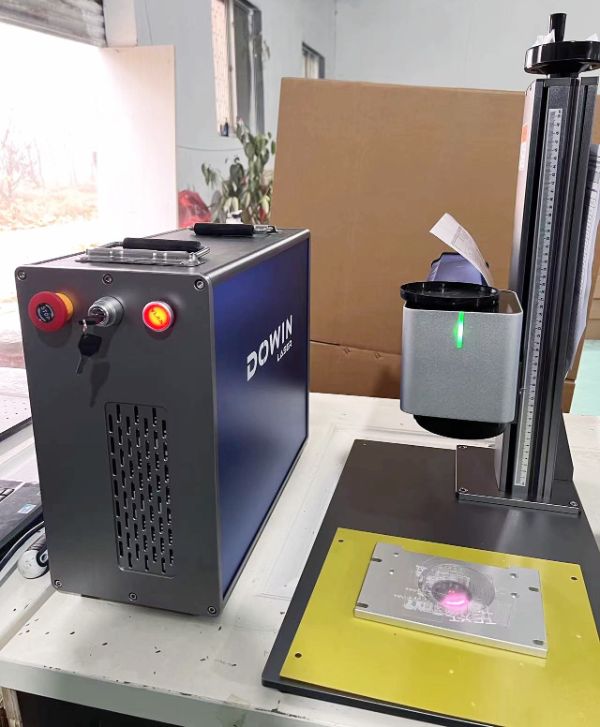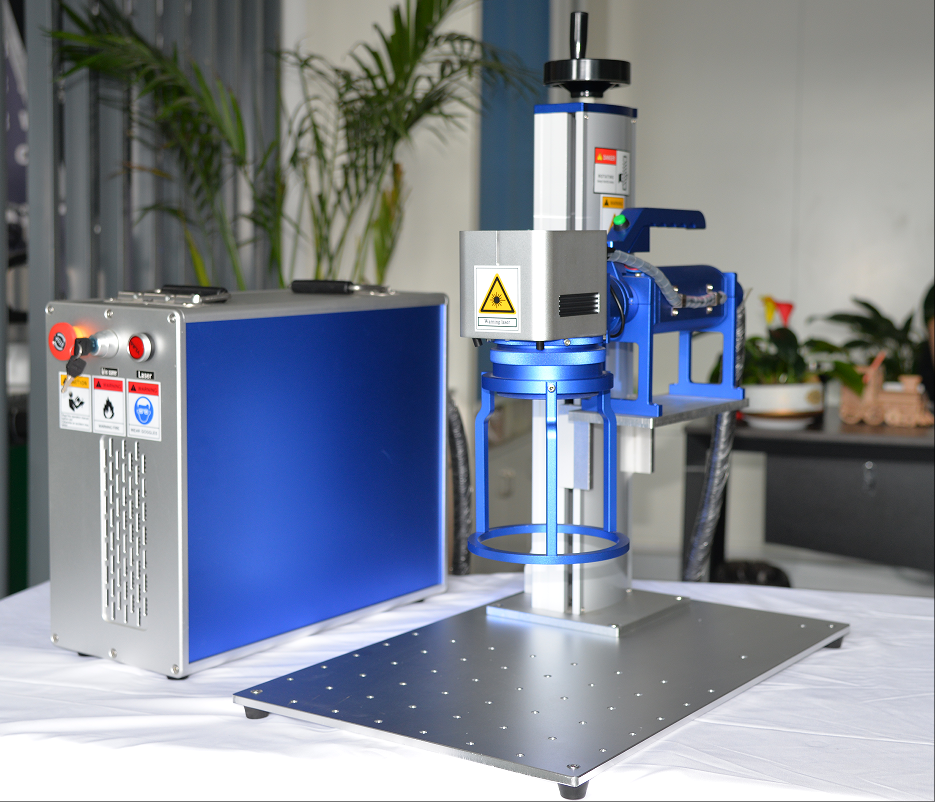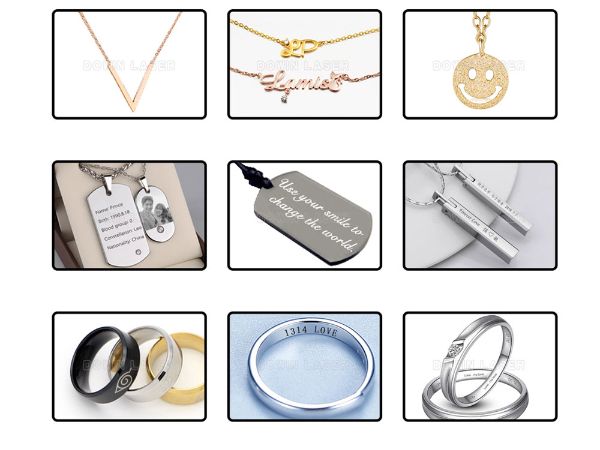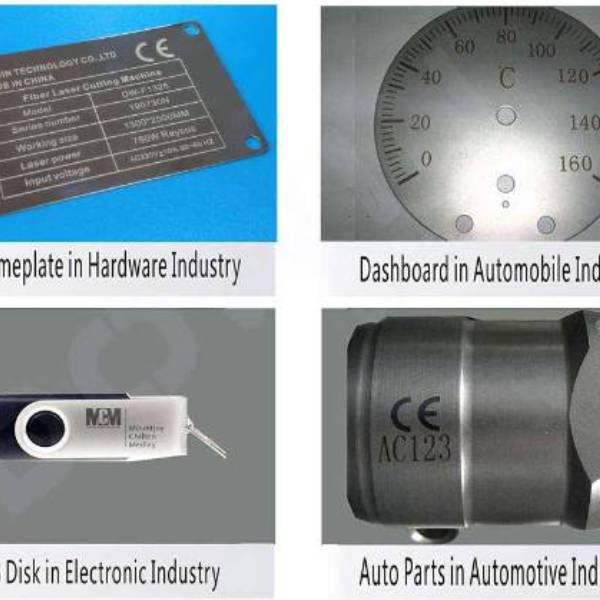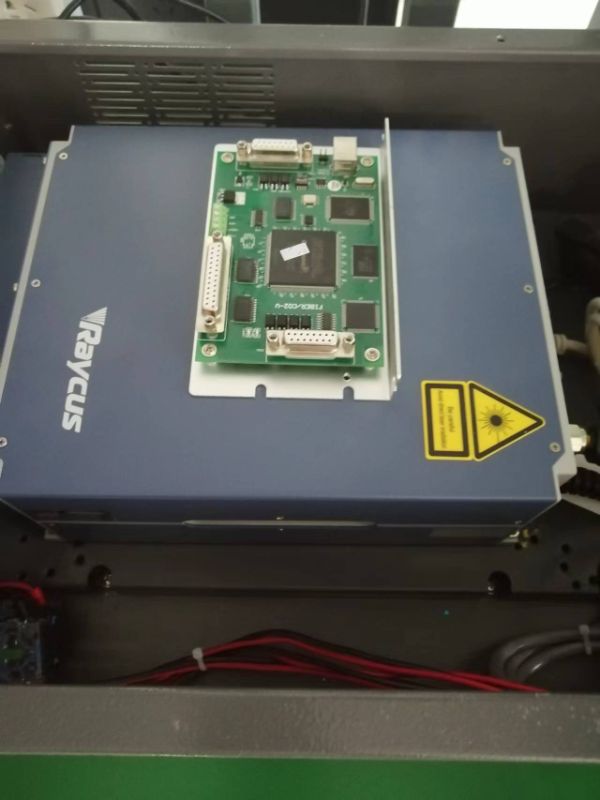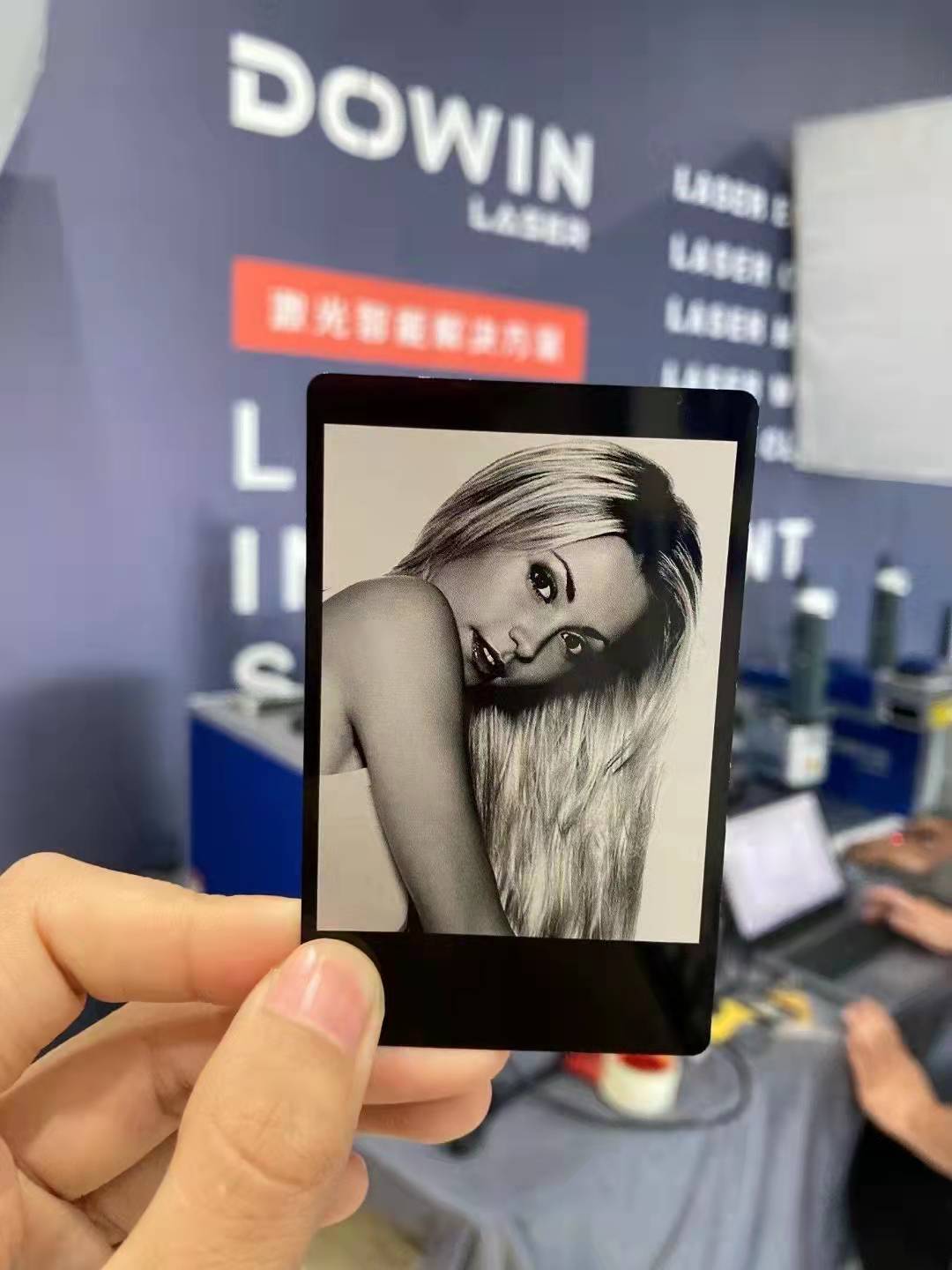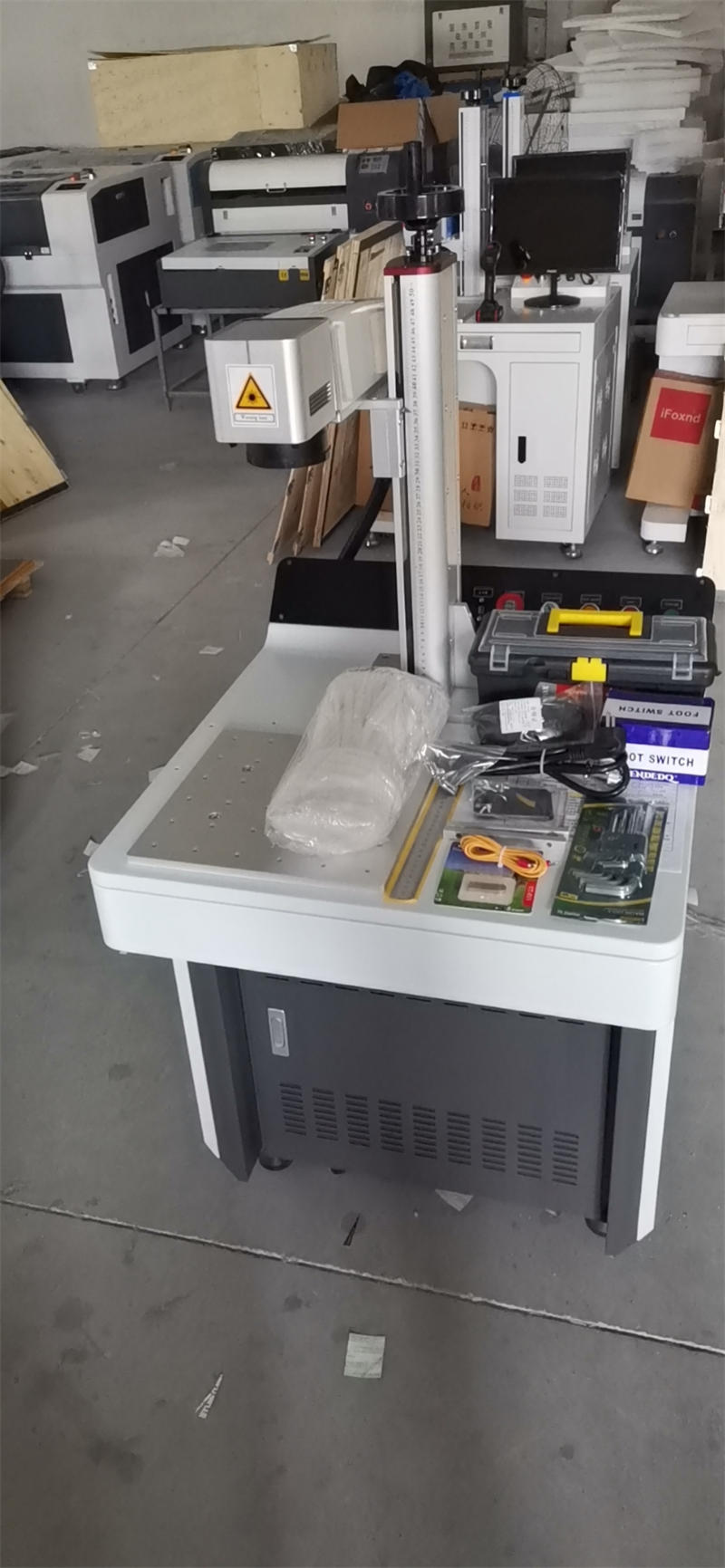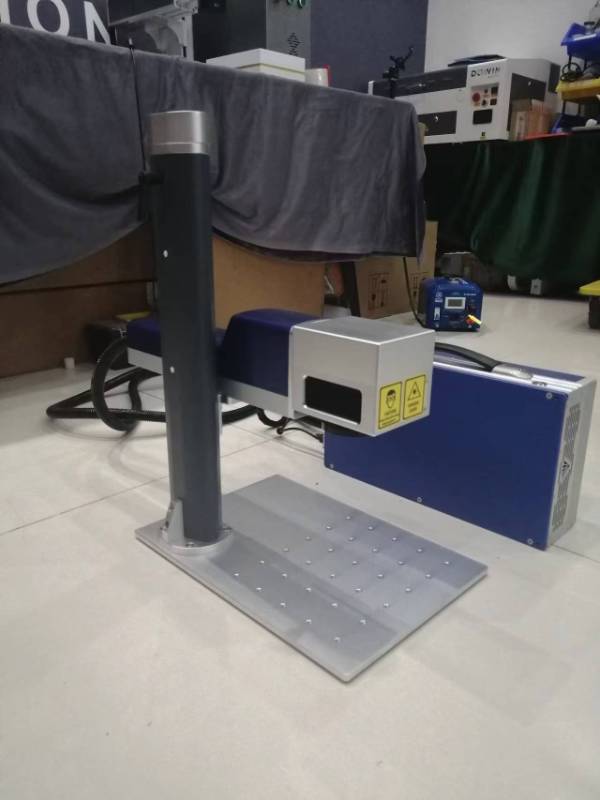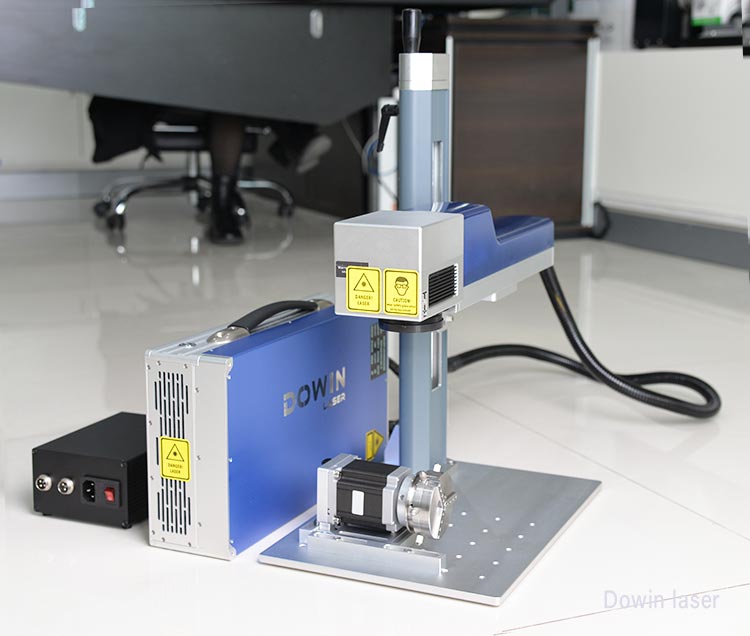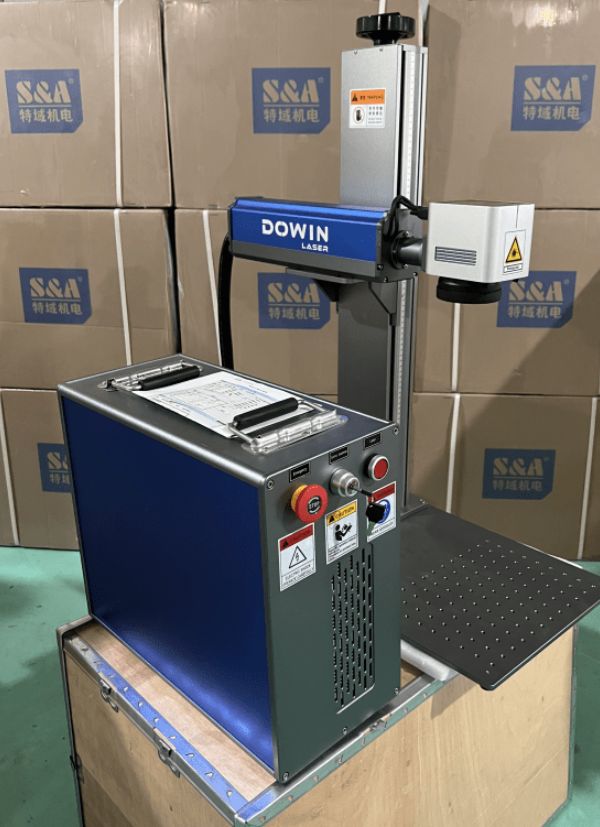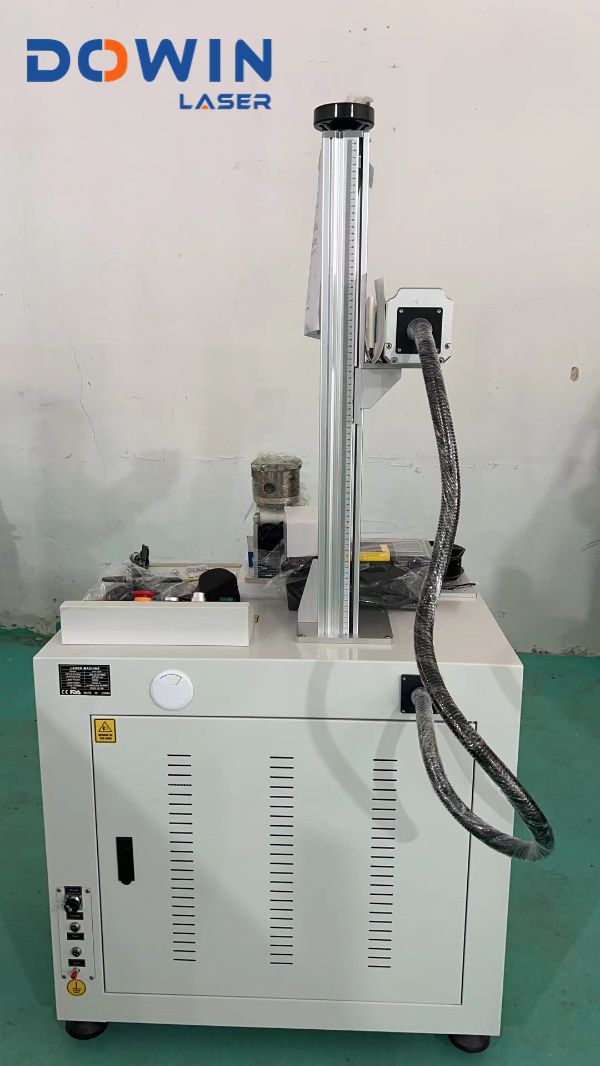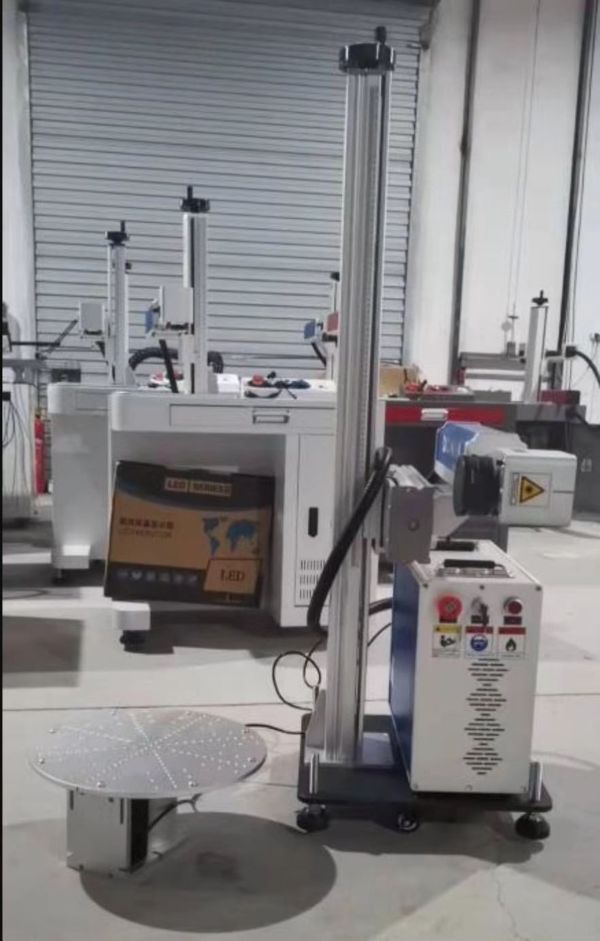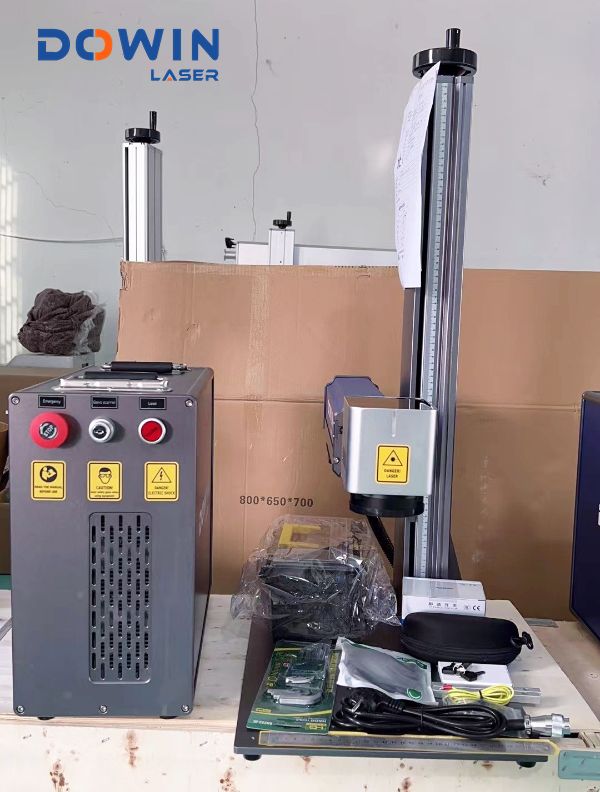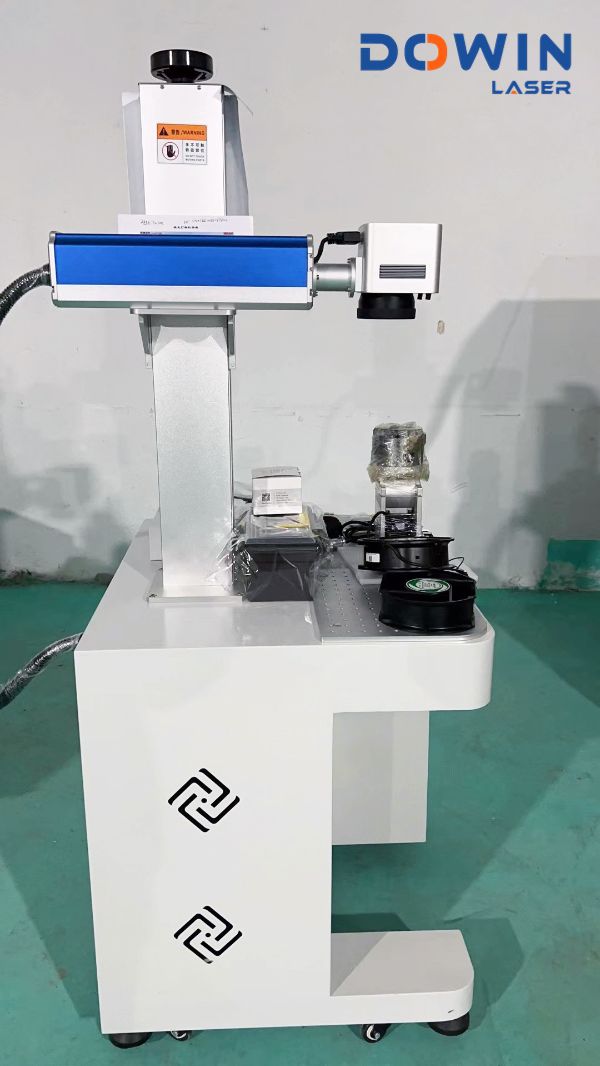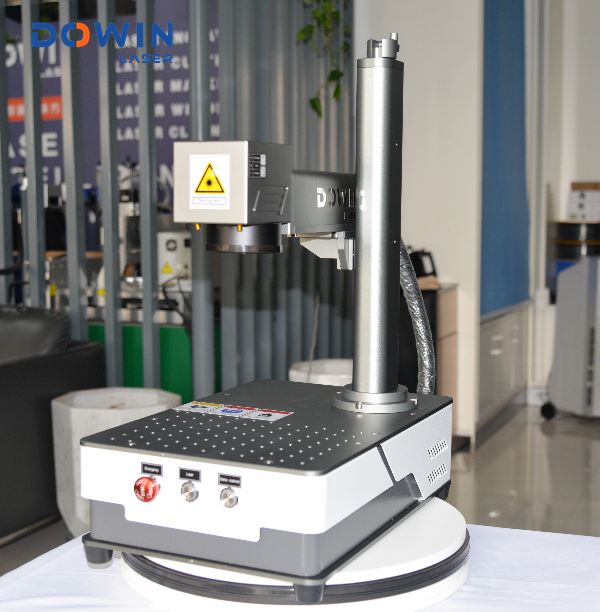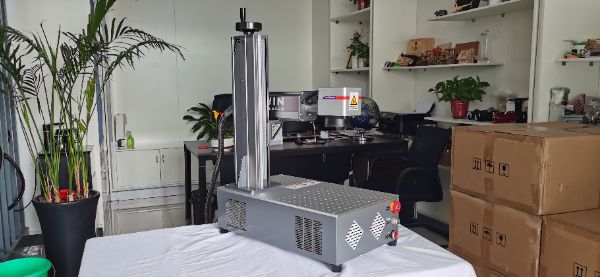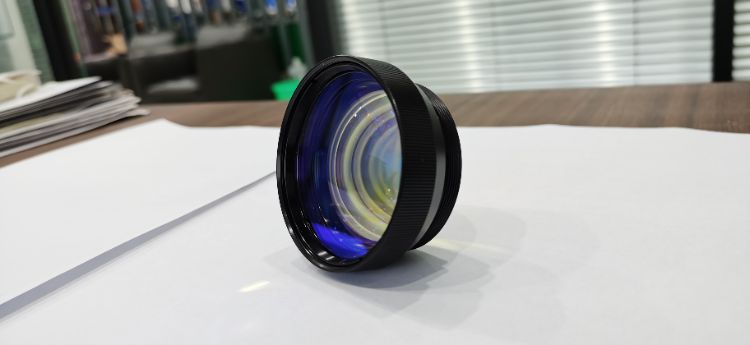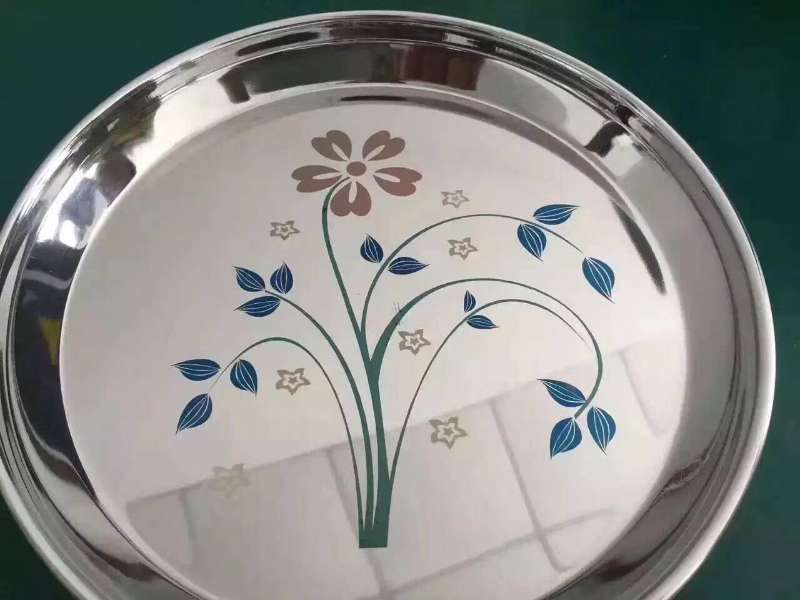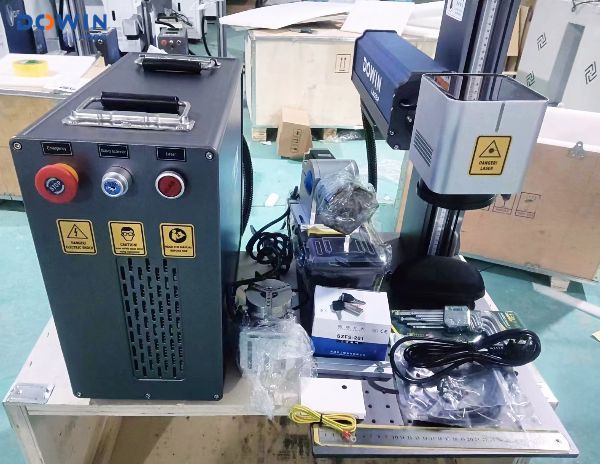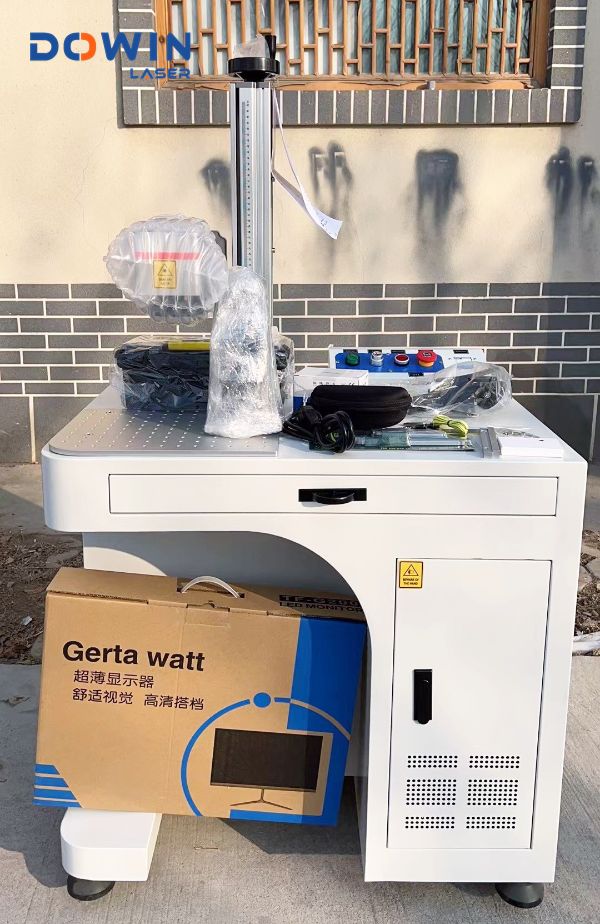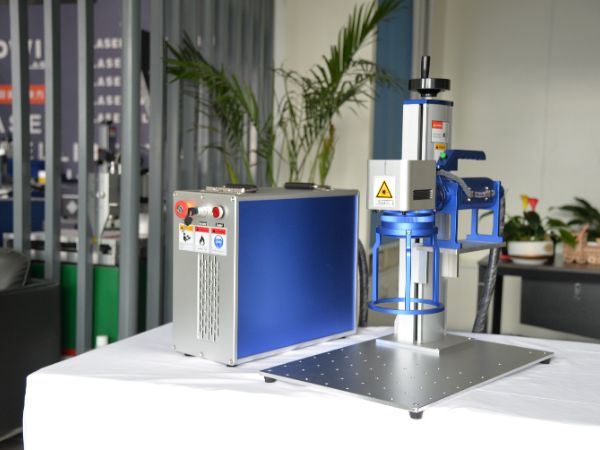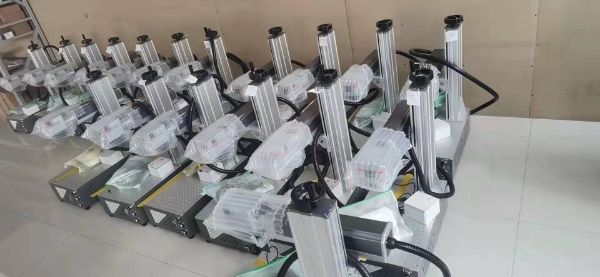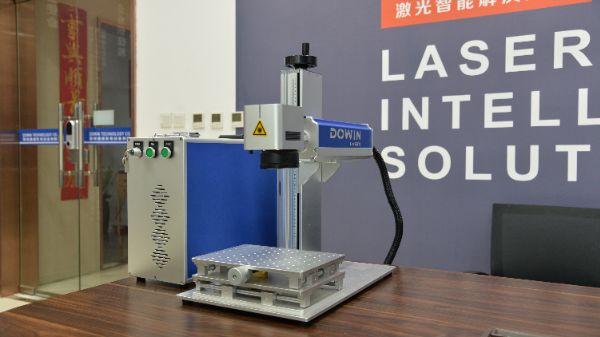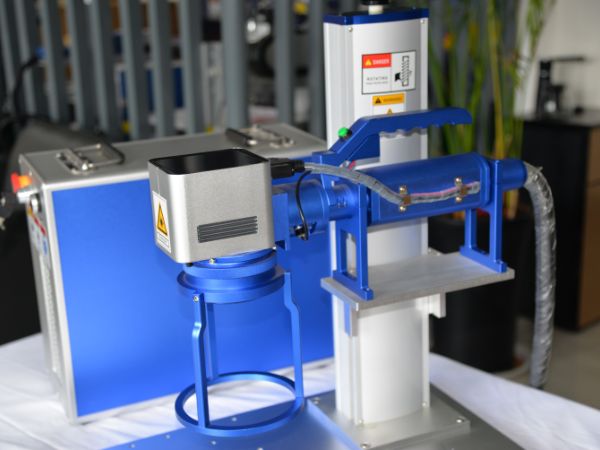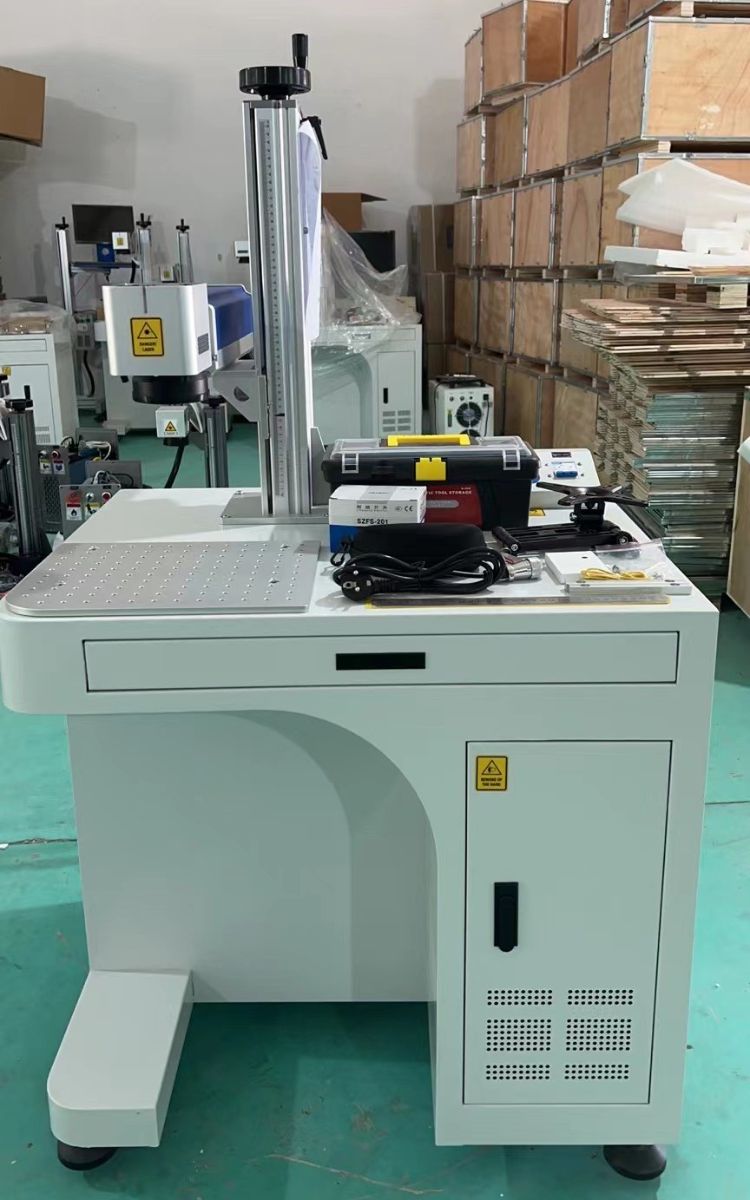Application of Fiber Laser Marking Machines on Aluminum Oxide Materials
I. Characteristics of Aluminum Oxide and Marking Challenges
Aluminum oxide (Al₂O₃) is a ceramic material widely used in various industrial fields, known for its high hardness, corrosion resistance, high-temperature stability, and excellent insulation properties. However, these outstanding physical and chemical characteristics also pose challenges for surface marking:
-
High hardness (Mohs hardness of 9) makes traditional mechanical engraving difficult.
-
Chemical stability results in poor effectiveness with conventional chemical etching.
-
Low thermal conductivity affects heat distribution during thermal processing.
II. Technical Advantages of Fiber Laser Marking Machines
Fiber laser marking machines, with their unique technical features, are an ideal choice for marking aluminum oxide materials:
-
High beam quality: Near-Gaussian beam with M² close to 1, enabling small focused spot diameters.
-
High peak power: Up to tens of kilowatts, sufficient to alter the surface structure of aluminum oxide.
-
Narrow pulse width (nanosecond level), resulting in a small heat-affected zone.
-
Suitable wavelength (1064 nm), which aluminum oxide absorbs effectively.
-
Non-contact processing, avoiding mechanical stress on the material.
III. Optimization of Marking Process Parameters for Aluminum Oxide
Achieving high-quality markings requires precise adjustment of parameter combinations:
| Parameter | Typical Range | Impact on Results |
|---|---|---|
| Power | 20-80 W | Determines marking depth and contrast |
| Frequency | 20-100 kHz | Affects dot overlap and heat accumulation |
| Scanning Speed | 100-2000 mm/s | Controls production efficiency and heat input |
| Fill Spacing | 0.01-0.1 mm | Determines marking surface uniformity |
| Q-Switch Frequency | Material-dependent | Influences single-pulse energy |
| Defocus Distance | ±0.5 mm | Adjusts spot size and energy density |
IV. Four Main Mechanisms of Aluminum Oxide Marking
-
Surface microstructure modification: Forms diffuse reflection structures through laser-induced micro-melting.
-
Oxide layer modification: Alters surface oxidation states by controlling energy input.
-
Color change: Produces gray, black, or white markings under specific parameters.
-
Micro-pit array: Creates regular microstructures under high energy density.
V. Typical Application Cases
-
Electronic component identification: Traceability codes on ceramic substrates.
-
Industrial ceramic parts: Permanent wear-resistant specifications marking.
-
Medical instruments: FDA-compliant sterile device identification.
-
Decorative markings: Aesthetic designs for high-end electronic products.
VI. Key Quality Control Points
-
Contrast testing: Uses grayscale analysis software to assess readability.
-
Durability verification: Includes friction tests, high-temperature tests, etc.
-
Microscopic morphology inspection: SEM observation of surface structural changes.
-
Composition analysis: EDS detection of surface chemical changes.
VII. Future Development Trends
-
Ultrafast laser applications: Picosecond/femtosecond lasers for finer markings.
-
Color marking technology: Produces multiple colors through parameter control.
-
Intelligent systems: AI-driven automatic parameter optimization.
-
Integrated online inspection: Real-time quality monitoring and feedback systems.
The application of fiber laser marking machines on aluminum oxide materials demonstrates the precise control capabilities of modern laser technology. As parameter optimization databases expand and process understanding deepens, their application scope will further broaden, providing more reliable marking solutions for high-end manufacturing.


